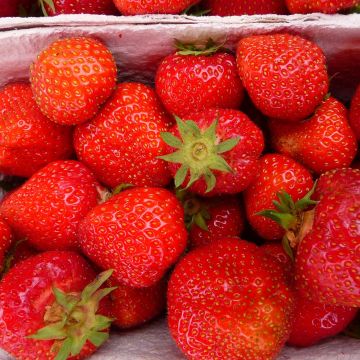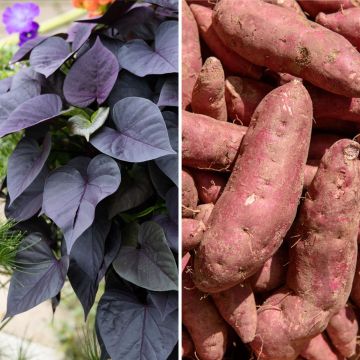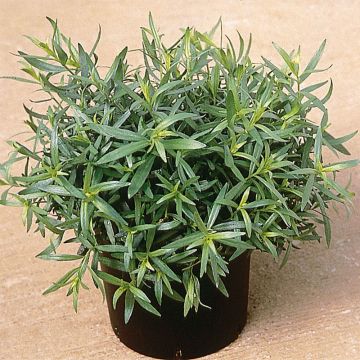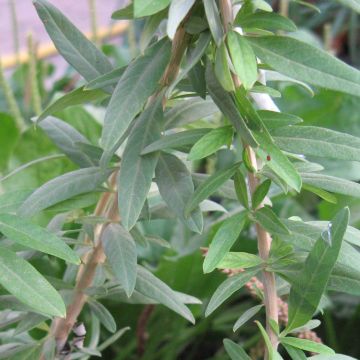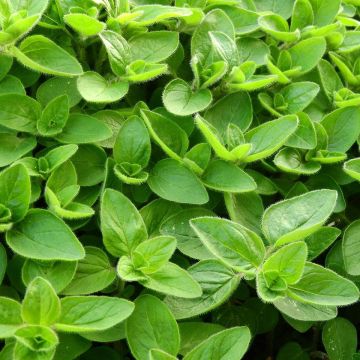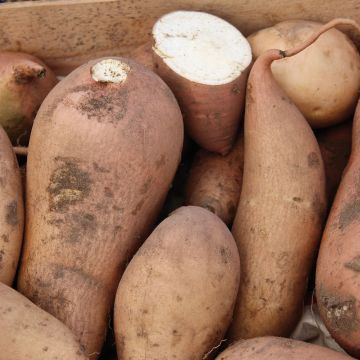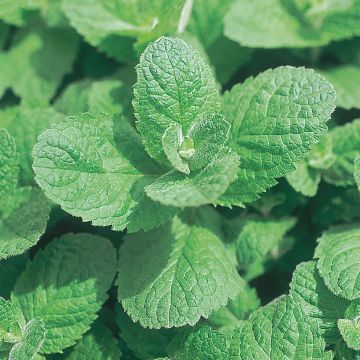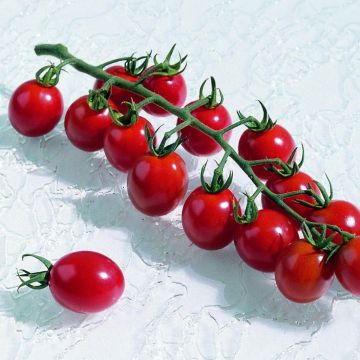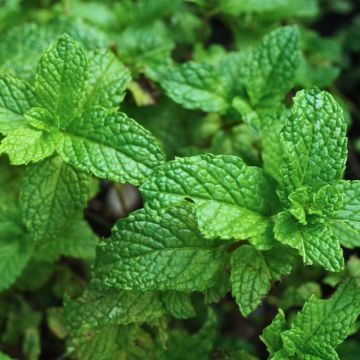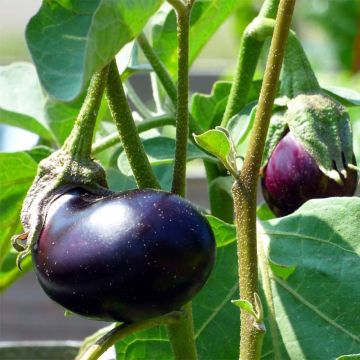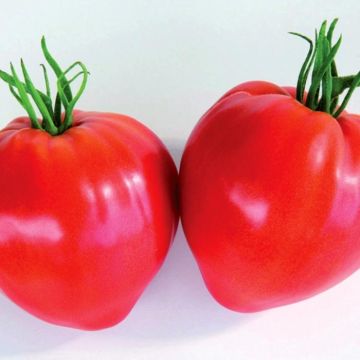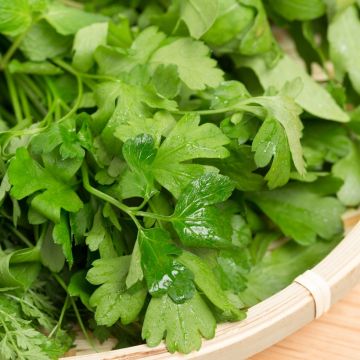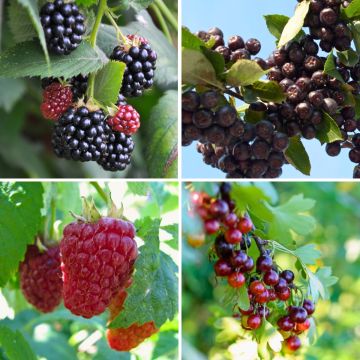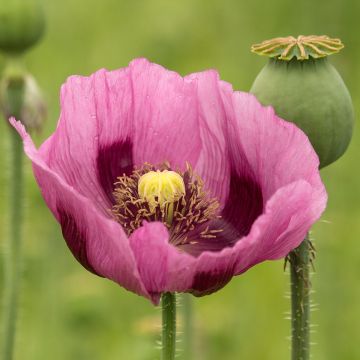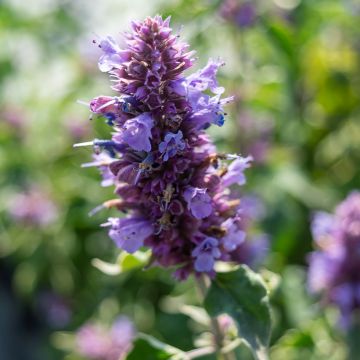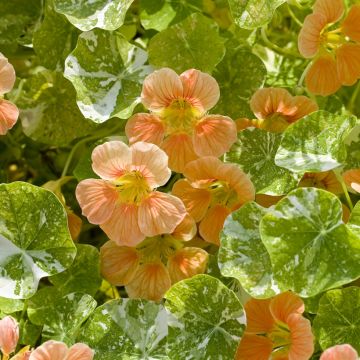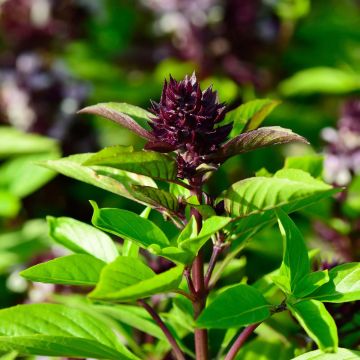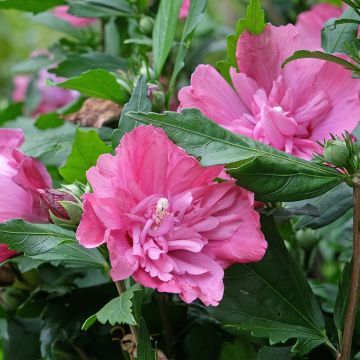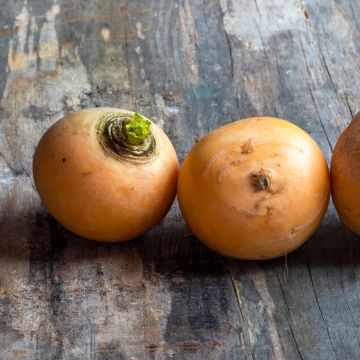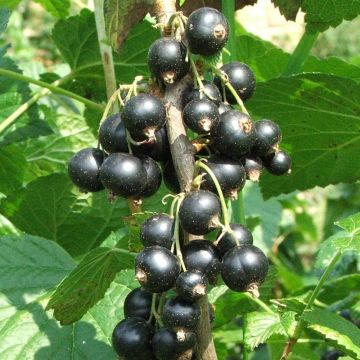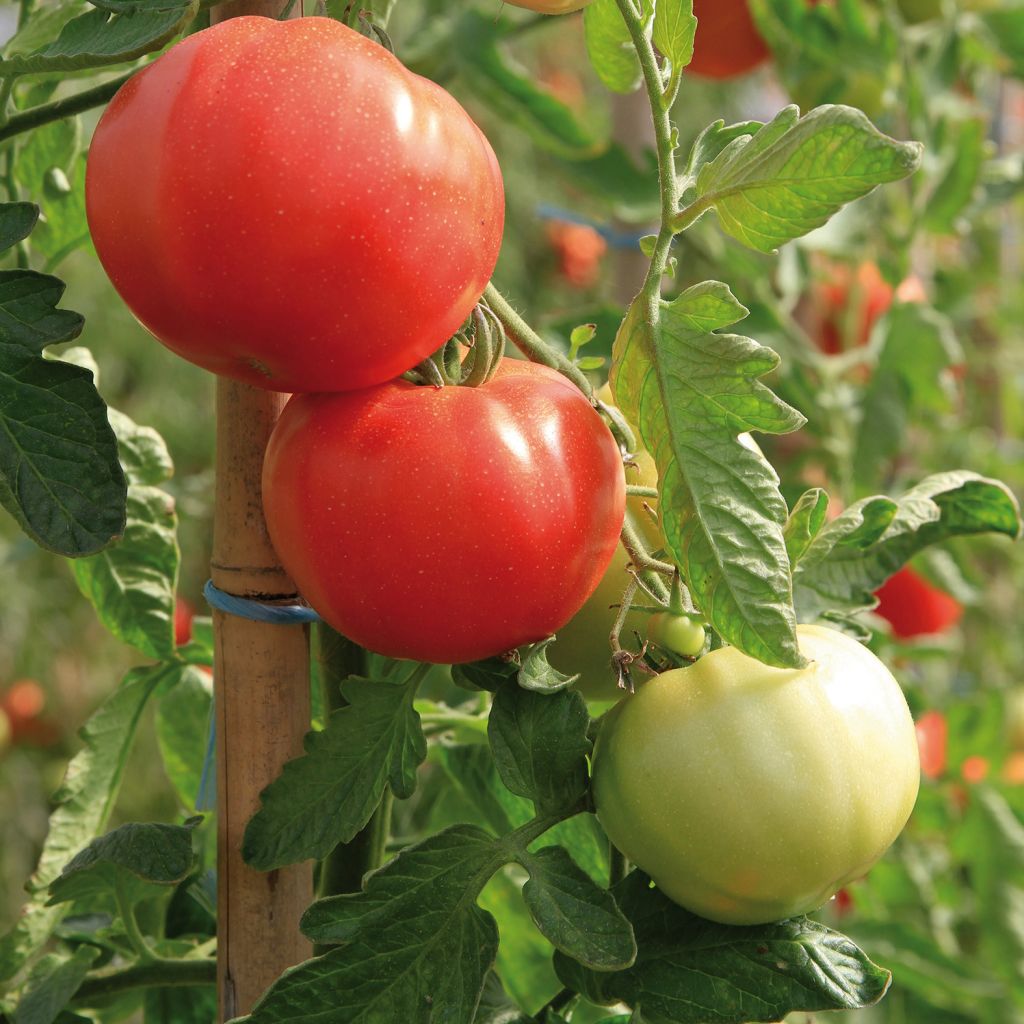

Tomate Previa F1 - Tomate ronde précoce - Plants de tomate
Tomato Previa F1 Plants
Solanum lycopersicum Previa
Tomato
Plants très petits, motte désagrégée surement au transport, 2 plants cassés
Jack L., 21/03/2017
Special offer!
Receive a €20 voucher for any order over €90 (excluding delivery costs, credit notes, and plastic-free options)!
1- Add your favorite plants to your cart.
2- Once you have reached €90, confirm your order (you can even choose the delivery date!).
3- As soon as your order is shipped, you will receive an email containing your voucher code, valid for 3 months (90 days).
Your voucher is unique and can only be used once, for any order with a minimum value of €20, excluding delivery costs.
Can be combined with other current offers, non-divisible and non-refundable.
Why not try an alternative variety in stock?
View all →This plant carries a 6 months recovery warranty
More information
We guarantee the quality of our plants for a full growing cycle, and will replace at our expense any plant that fails to recover under normal climatic and planting conditions.
Description
The Previa Tomato is a productive and vigorous variety that produces numerous bright red fruits weighing 150g, all of which are very uniform in size. They are arranged in clusters of 7 to 9 individuals. The flesh is of good quality and can be used in various culinary preparations, both raw and cooked. This variety is particularly well-suited for canning. The plug plants should be planted from April to June after the last frost, when the plants have reached about 15cm (6in). The Previa Tomato can be harvested from June to October.
NB: This variety is labeled F1 for "F1 hybrid" because it is a variety resulting from the cross-breeding of carefully selected parents to combine their qualities. This results in a variety that can be particularly flavorful and/or early while also being resistant to certain diseases. Sometimes criticized or mistakenly associated with GMOs, F1 hybrid plants are interesting both for their uniformity and their resistance. Unfortunately, their qualities do not pass on to the next generations, so it will not be possible to save the seeds for future sowing.
The Tomato is native to South America and Central America. Several varieties were already cultivated by the Incas long before the arrival of the Conquistadors. The term "Tomate" comes from the Inca word "Tomatl" and refers to both the plant and the fruit it produces. It is one of the many foods that came to us from the New World, along with beans, corn, squash, potatoes, and chili peppers. The Tomato took significantly longer to reach our taste buds. For a long time, it was cultivated for its aesthetic and medicinal qualities but was considered toxic due to its resemblance to the fruit of the Mandrake, another member of the Solanaceae family. It only became a regular part of our meals at the beginning of the 20th century.
The Tomato is a herbaceous perennial plant in tropical climates, but it is grown as an annual in our latitudes. It becomes lignified over time and produces small, insignificant yellow flowers that cluster together and turn into fruits. Tomatoes can be grown in open ground, but they can also be planted in containers on a balcony, with a preference for varieties that have a compact growth habit.
Tomatoes are a fruit vegetable that offers many nutritional benefits. Low in calories like most vegetables, they are rich in water and contain a molecule of particular interest: lycopene, a powerful antioxidant. They are also rich in vitamin C, provitamin A, and trace elements.
In terms of cooking, Tomatoes can be consumed raw or cooked in many different ways: in salads or as appetizers, grilled, stuffed, marinated, preserved, or used in ratatouille or sauces. There are Tomatoes available in all colors, shapes, and sizes. Take advantage of this and grow several varieties in your vegetable garden to enjoy a variety of flavors!
Harvesting: The harvest period varies depending on the earliness of the variety: early varieties are harvested 55 to 70 days after planting, mid-season varieties take 70 to 85 days, and late varieties take more than 85 days. Tomatoes should be picked when they have reached their final color and their texture, while still firm, shows a slight softening. For better storage, it is advisable to pick the fruit with its calyx. Be careful, immature fruits, stems, and leaves contain solanine and should not be consumed.
Storage: The optimal storage temperature for tomatoes is between 10 and 15°C (50 and 59°F). They can be stored in the refrigerator, but this can affect the taste qualities of the fruits. For longer storage, tomatoes can be preserved by confit, dried, frozen, canned, or cooked into jam. To confit them, cut the tomatoes in half and collect the juice. Place the halved tomatoes face-up on a baking sheet. Season with salt, pepper, and sugar, then bake at a very low temperature for at least one hour. Remove the tomatoes and store them in a glass jar, covering them with olive oil.
Gardening tip: To reduce the need for watering, we recommend mulching the soil with thin layers of grass clippings, preferably mixed with dead leaves. This protective layer helps keep the soil moist and also reduces the need for weeding.
Report an error about the product description
Harvest
Plant habit
Foliage
Other Vegetable plants A to Z
View all →Planting and care
Tomato plants are easy to grow. Sunlight and heat play a crucial role in the success of this crop. Tomatoes thrive in rich, well-drained soil that is deeply tilled. A few months before planting, add well-rotted compost after loosening the soil. If your soil is heavy, add some sand at the time of planting.
Initially, allow the plug plants to grow by transplanting them into 8 to 10.5 cm (3 to 4in) buckets filled with potting soil. Place them in a sunny and heated location, ensuring that the temperature never drops below 12-14°C (53.6-57.2°F), as this can cause the foliage to yellow and the plant's growth to stop. When the plants reach a height of approximately 15 cm (6in), transplant them into the ground, if the outdoor temperatures allow.
Planting in the ground should be done once the risk of frost has passed, usually after the "Saints de Glace" in mid-May. Choose a very sunny and sheltered location. Space the plants 50 cm (20in) apart in rows and 70 cm (28in) between rows if you prune, or 1 m (0 or 3ft) in all directions for unpruned growth. Dig a hole (3 times the volume of the plug plant) and add some well-rotted compost to the bottom of the hole. Place your plant, burying it up to the first leaves, and then backfill. Firm the soil, create a basin around the base, and water thoroughly. Be careful not to wet the leaves to protect your plants from fungal diseases.
Install stakes (soon after planting to avoid damaging the roots). Mulch at the base of the plants. Water regularly, as irregular watering can lead to calcium deficiency, resulting in a condition known as "blossom end rot."
In addition, tomatoes, like potatoes, are susceptible to late blight. This is a fungal disease caused by the Phytophthora infestans fungus. Late blight develops in warm and humid weather. Small spots appear, white on the undersides of the leaves and green-gray on the upper surfaces. To reduce the risk, space the plants adequately and avoid watering the foliage. In terms of crop rotation, wait 4 years before growing a plant from the Solanaceae family in the same location, and do not grow them in adjacent rows. If necessary, spray with Bordeaux mixture or preparations such as horsetail decoction or garlic purée.
Although less common, tomato cultivation in pots is still possible by choosing varieties with small fruits and placing the pot in a very sunny location.
Cultivation
Care
Intended location
-
, onOrder confirmed
Reply from on Promesse de fleurs
Similar products
Haven't found what you were looking for?
Hardiness is the lowest winter temperature a plant can endure without suffering serious damage or even dying. However, hardiness is affected by location (a sheltered area, such as a patio), protection (winter cover) and soil type (hardiness is improved by well-drained soil).

Photo Sharing Terms & Conditions
In order to encourage gardeners to interact and share their experiences, Promesse de fleurs offers various media enabling content to be uploaded onto its Site - in particular via the ‘Photo sharing’ module.
The User agrees to refrain from:
- Posting any content that is illegal, prejudicial, insulting, racist, inciteful to hatred, revisionist, contrary to public decency, that infringes on privacy or on the privacy rights of third parties, in particular the publicity rights of persons and goods, intellectual property rights, or the right to privacy.
- Submitting content on behalf of a third party;
- Impersonate the identity of a third party and/or publish any personal information about a third party;
In general, the User undertakes to refrain from any unethical behaviour.
All Content (in particular text, comments, files, images, photos, videos, creative works, etc.), which may be subject to property or intellectual property rights, image or other private rights, shall remain the property of the User, subject to the limited rights granted by the terms of the licence granted by Promesse de fleurs as stated below. Users are at liberty to publish or not to publish such Content on the Site, notably via the ‘Photo Sharing’ facility, and accept that this Content shall be made public and freely accessible, notably on the Internet.
Users further acknowledge, undertake to have ,and guarantee that they hold all necessary rights and permissions to publish such material on the Site, in particular with regard to the legislation in force pertaining to any privacy, property, intellectual property, image, or contractual rights, or rights of any other nature. By publishing such Content on the Site, Users acknowledge accepting full liability as publishers of the Content within the meaning of the law, and grant Promesse de fleurs, free of charge, an inclusive, worldwide licence for the said Content for the entire duration of its publication, including all reproduction, representation, up/downloading, displaying, performing, transmission, and storage rights.
Users also grant permission for their name to be linked to the Content and accept that this link may not always be made available.
By engaging in posting material, Users consent to their Content becoming automatically accessible on the Internet, in particular on other sites and/or blogs and/or web pages of the Promesse de fleurs site, including in particular social pages and the Promesse de fleurs catalogue.
Users may secure the removal of entrusted content free of charge by issuing a simple request via our contact form.
The flowering period indicated on our website applies to countries and regions located in USDA zone 8 (France, the United Kingdom, Ireland, the Netherlands, etc.)
It will vary according to where you live:
- In zones 9 to 10 (Italy, Spain, Greece, etc.), flowering will occur about 2 to 4 weeks earlier.
- In zones 6 to 7 (Germany, Poland, Slovenia, and lower mountainous regions), flowering will be delayed by 2 to 3 weeks.
- In zone 5 (Central Europe, Scandinavia), blooming will be delayed by 3 to 5 weeks.
In temperate climates, pruning of spring-flowering shrubs (forsythia, spireas, etc.) should be done just after flowering.
Pruning of summer-flowering shrubs (Indian Lilac, Perovskia, etc.) can be done in winter or spring.
In cold regions as well as with frost-sensitive plants, avoid pruning too early when severe frosts may still occur.
The planting period indicated on our website applies to countries and regions located in USDA zone 8 (France, United Kingdom, Ireland, Netherlands).
It will vary according to where you live:
- In Mediterranean zones (Marseille, Madrid, Milan, etc.), autumn and winter are the best planting periods.
- In continental zones (Strasbourg, Munich, Vienna, etc.), delay planting by 2 to 3 weeks in spring and bring it forward by 2 to 4 weeks in autumn.
- In mountainous regions (the Alps, Pyrenees, Carpathians, etc.), it is best to plant in late spring (May-June) or late summer (August-September).
The harvesting period indicated on our website applies to countries and regions in USDA zone 8 (France, England, Ireland, the Netherlands).
In colder areas (Scandinavia, Poland, Austria...) fruit and vegetable harvests are likely to be delayed by 3-4 weeks.
In warmer areas (Italy, Spain, Greece, etc.), harvesting will probably take place earlier, depending on weather conditions.
The sowing periods indicated on our website apply to countries and regions within USDA Zone 8 (France, UK, Ireland, Netherlands).
In colder areas (Scandinavia, Poland, Austria...), delay any outdoor sowing by 3-4 weeks, or sow under glass.
In warmer climes (Italy, Spain, Greece, etc.), bring outdoor sowing forward by a few weeks.






























